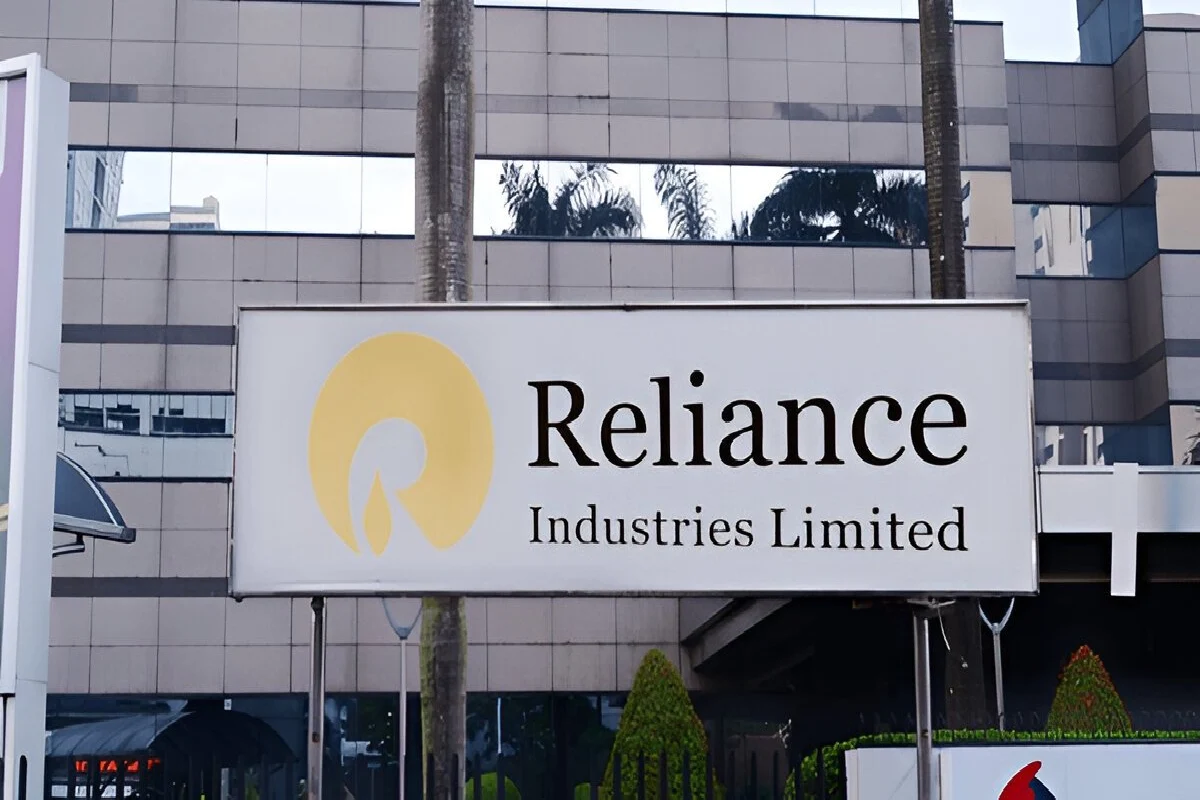Reliance shares at 52-week low, market cap down by ₹2.26 lakh crore in 6 days
India’s corporate sector has a cornerstone in Reliance Industries Limited (RIL), which has undergone a notable downturn in its stock performance recently. In the past six trading sessions, RIL’s shares have plummeted by 12.7% to a 52-week low of ₹1,115.55 as on April 7, 2025. The market capitalisation has eroded around ₹2.26 lakh crore since then, reducing to ₹15.49 lakh crore.
Global Market Dynamics and Trade Tensions
As far as the recent slump in RIL stock goes, that too is not an isolated case but is rather a part of a worldwide market decline. On April 2, 2025, U.S. President Donald Trump announced sweeping tariffs against multiple countries, apparently triggering the call of the script. The dumping of these tariffs has heightened concerns of a global trade war, causing sell-offs across equity markets globally. Federal Reserve Chair Jerome Powell voiced concerns that the size of these tariffs were ‘larger than expected’ and could cause inflation and damage growth in the U.S. economy.
In complete sync with the other markets, Asian markets echoed the same complaint with the MSCI Asia ex Japan fell 6.8% and Japan’s Nikkei 225 trailed at 6.5%. But the Indian stock market was not immune either; the Sensex and Nifty indices plunged by nearly 5% at the opening on April 7 – their biggest single day percentage drop since March 2020, pushing the broader market closer to bear market territory.
Impact on RIL’s Financial Metrics
There is no doubt that these global developments have had a cascading effect on Reliance Industries. Stock in the company has experienced pressure, remain under continued pressure, dropping below key simple moving averages, the 50-day, the 150-day, and the 200-day SMAs. In the meantime, the 14-day Relative Strength Index (RSI) is showing 37.9, nearing the oversold territory hence suggesting a further downside unless the market moves favorable.
Broader Market Implications
This decline in the share prices of RIL reflects a wider trend for major corporations in India. During the holiday shortened week before April 6, 2025, nine of India’s top 10 firm’s total market valuation took an erosion of ₹2,94,003 crore. TCS’s market capitalization dropped by ₹1.10 lakh crore, and Reliance Industries by ₹95,132.58 crore.
Investor Sentiment and Future Outlook
These developments have proved to be quite a shake to investor sentiment. Market fear had a 65% surge with India VIX or a measure of market volatility, jumping to 22 levels. Foreign Portfolio Investors (FPIs) sold shares worth ₹9,040 crore to turn into net sellers on April 7. The Indian rupee also weakened to 85.76 against the U.S. dollar, another indication of the health of the country’s economy as trade tensions worsen and recession fears loom large.
Strategic Considerations for RIL
Despite the headwinds facing business in several sectors in India, Reliance Industries’ wide-ranging business model spanning from petrochemicals to telecommunications and retail provides a cushion during industry downturns. While it remains difficult to speculate on the immediate outlook based on external factors, RIL’s long-term prospects are viewed positively with strategic action and potential policy support that will help to moderate the negative impact of the spillovers of global trade tensions.
To Summarize
Recently, Reliance Industries has faced a decline in its share price as well as market capitalization, which has been due to the current global economic crisis involving higher trade wars and recession fears. Although the short term could continue to be volatile, RIL’s positive attributes and strategically favorable position might put it in good stead to come through this rough patch well. RIL should be closely watched by investors on a global dimension, that is, closely monitor global developments and assess their performance in a domestic context as well as an international context.



